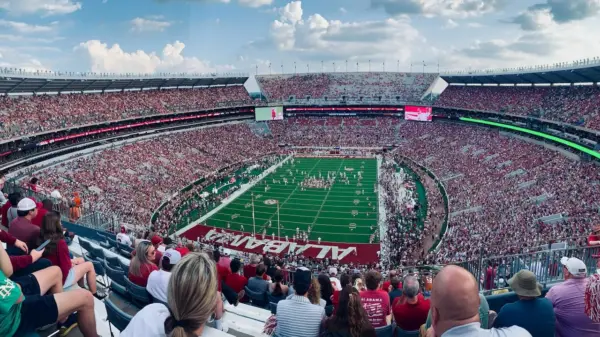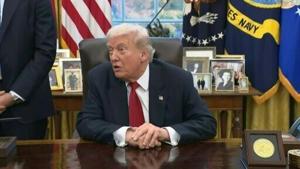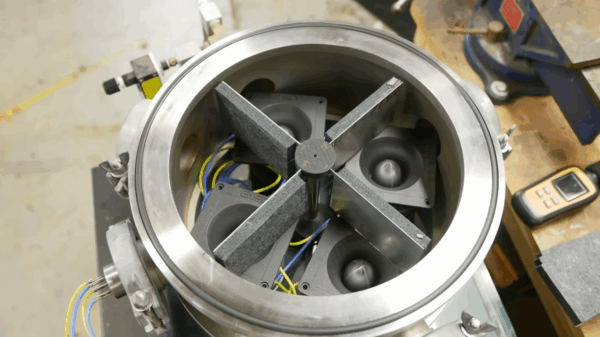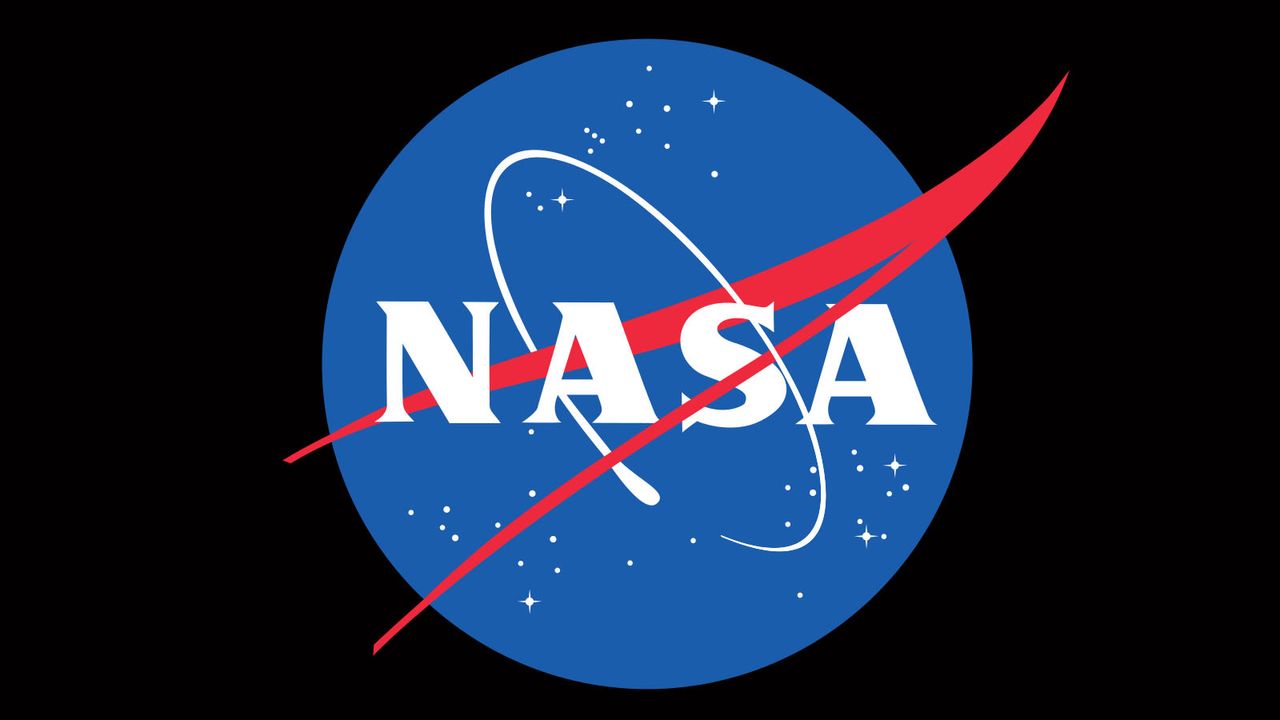A recent executive order signed by President Donald Trump has removed federal labor-management protections for employees at NASA, effectively eliminating their rights to unionize and engage in collective bargaining. Signed on August 28, 2023, just ahead of the Labor Day holiday, this order impacts thousands of engineers, scientists, and technicians across the agency’s facilities, marking a significant rollback of labor rights.
The executive order amends EO 12171, placing NASA among agencies excluded from Chapter 71 of Title 5, which governs the rights of federal employees to organize and negotiate workplace conditions. This exclusion is justified by the administration on the grounds of national security, given NASA’s involvement in “intelligence, counterintelligence, investigative, or national security work.” Other agencies affected include divisions of the U.S. National Oceanic and Atmospheric Administration (NOAA) and parts of the U.S. Patent Office.
The implications of this order are particularly evident at the Goddard Space Flight Center in Maryland. The Goddard Engineers, Scientists and Technicians Association (GESTA) is now unable to legally represent its members amidst ongoing program cuts, facility closures, and early resignations. GESTA previously represented over half of NASA’s workforce, negotiating terms related to working conditions and employee rights.
According to Mark Gaston Pearce, former chairman of the National Labor Relations Board and current senior advisor at Georgetown University’s Workers’ Rights Institute, the order raises critical questions about what constitutes a valid national security concern. He noted that typically, the Merit System Protection Board and Federal Labor Relations Authority would provide checks against such executive actions, but these bodies have been weakened by the current administration’s decisions.
The absence of independent regulatory oversight leaves many employees vulnerable. “Without labor oversight, there is no independent agency to appeal to,” Pearce explained. “Federal employees cannot strike… they can only engage in advocacy or long litigation processes.”
The ramifications of the executive order are profound. Thousands of NASA employees have lost protections that were previously guaranteed, allowing existing collective bargaining agreements (CBAs) to be nullified without cause. This change affects crucial terms of employment, including office assignments and remote work policies. “The message is pretty clear: This administration does not believe that labor management relations should be bilateral,” Pearce said.
NASA officials have acknowledged the executive order and are in the process of implementing it. In an email to Space.com, a NASA representative stated, “We are working to implement this and align with the President’s vision for our agency.” However, GESTA President Tryshanda Moton expressed concern over the lack of communication from NASA management regarding the order.
The executive order comes amid significant budget cuts proposed by the Trump administration for Fiscal Year 2026, which include a 47% reduction in NASA’s science funding. In response to these cuts, Goddard employees have reported a decline in transparency and communication, often learning critical information from GESTA before their supervisors do.
Facility closures have become a contentious issue. Employees have received notification of plans to close the Goddard Visitor Center, as well as the cafeteria and vending services. This leaves staff with limited dining options, impacting not only their daily routines but also their ability to collaborate and build professional relationships. “A big impact of that is being able to meet with colleagues and build relationships over lunch,” noted one Goddard engineer.
Moreover, employees are growing increasingly concerned about their working conditions, as the agency’s leadership has begun implementing cuts and issuing reductions in force notifications. Following two rounds of the Deferred Resignation Program (DRP), NASA is set to lose approximately 4,000 employees, equating to over 20% of its workforce. “It does feel… that this is all part of making life miserable so that people leave,” said one engineer.
Despite congressional efforts to restore NASA’s budget to previous levels, many employees fear that the damage caused by the executive order and ongoing cuts may be irreversible. “Even though Congress is trying to pass a budget that gives NASA more funding, management is taking actions as if the president’s budget request is going to be final,” commented the engineer.
The atmosphere at NASA has shifted, with heightened restrictions and fears of retaliation among employees. Reports indicate that some supervisors have discouraged employees from contacting Human Resources directly, requiring prior approval. Furthermore, directives have emerged to remove displays associated with Employee Resource Groups, including LGBTQ+ Pride materials, which have raised concerns about workplace inclusivity.
In light of these developments, employees at Goddard have organized protests to bring public attention to the challenges they face. The group, known as NASA Needs Help, has called on Congress to intervene and restore protections for the workforce.
According to Pearce, the remaining recourse for affected employees may lie within the judiciary. “The most immediate hope right now is whether or not there is going to be a response from the judiciary that would slow or halt the impact,” he stated.
As the situation evolves, employees at NASA are left to navigate an uncertain future, reliant on public advocacy and legislative support to protect their rights and livelihoods. The inability to collectively bargain has fundamentally altered the landscape for federal employees at NASA, as they confront an administration that appears increasingly hostile to labor relations.



































































